Tiggo
Member
The cylinder head cover on my 2004 GTI LE RFI had some bubbling on it.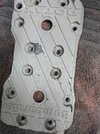 So I purchased a replacement.
So I purchased a replacement.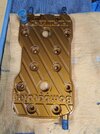 I also purchased the o-ring/gasket set for the 787 engine from OSD. After removing the cover I saw this...
I also purchased the o-ring/gasket set for the 787 engine from OSD. After removing the cover I saw this...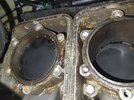
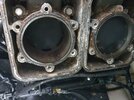
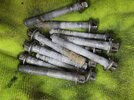
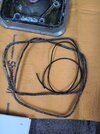
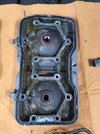 Looks like it has never been removed. The ski has 80 hours on it.
Looks like it has never been removed. The ski has 80 hours on it.
I was able to clean it up a bit with a wire brush and penetrating oil.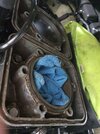
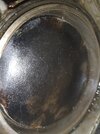
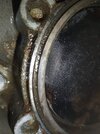
I was also able to clean the bolts up to look like new. I also chased the threads and cleaned everything. I'm prepared to put it all back together but wanted some perspective on the shape of the cylinder area. There is a nice crossed hatch honing on the cylinder walls but the bits of rust on the outside of the walls is what concerns me the most. Is that normal wear for a 18 year old 2 stroke? It had 150 psi compression on both cylinders before I took it apart. I'm replacing all the o-rings and going to put it back together IAW the shop manual. Any suggestions? Does it look okay? Thanks in Advance.
 So I purchased a replacement.
So I purchased a replacement. I also purchased the o-ring/gasket set for the 787 engine from OSD. After removing the cover I saw this...
I also purchased the o-ring/gasket set for the 787 engine from OSD. After removing the cover I saw this...



 Looks like it has never been removed. The ski has 80 hours on it.
Looks like it has never been removed. The ski has 80 hours on it.I was able to clean it up a bit with a wire brush and penetrating oil.



I was also able to clean the bolts up to look like new. I also chased the threads and cleaned everything. I'm prepared to put it all back together but wanted some perspective on the shape of the cylinder area. There is a nice crossed hatch honing on the cylinder walls but the bits of rust on the outside of the walls is what concerns me the most. Is that normal wear for a 18 year old 2 stroke? It had 150 psi compression on both cylinders before I took it apart. I'm replacing all the o-rings and going to put it back together IAW the shop manual. Any suggestions? Does it look okay? Thanks in Advance.



